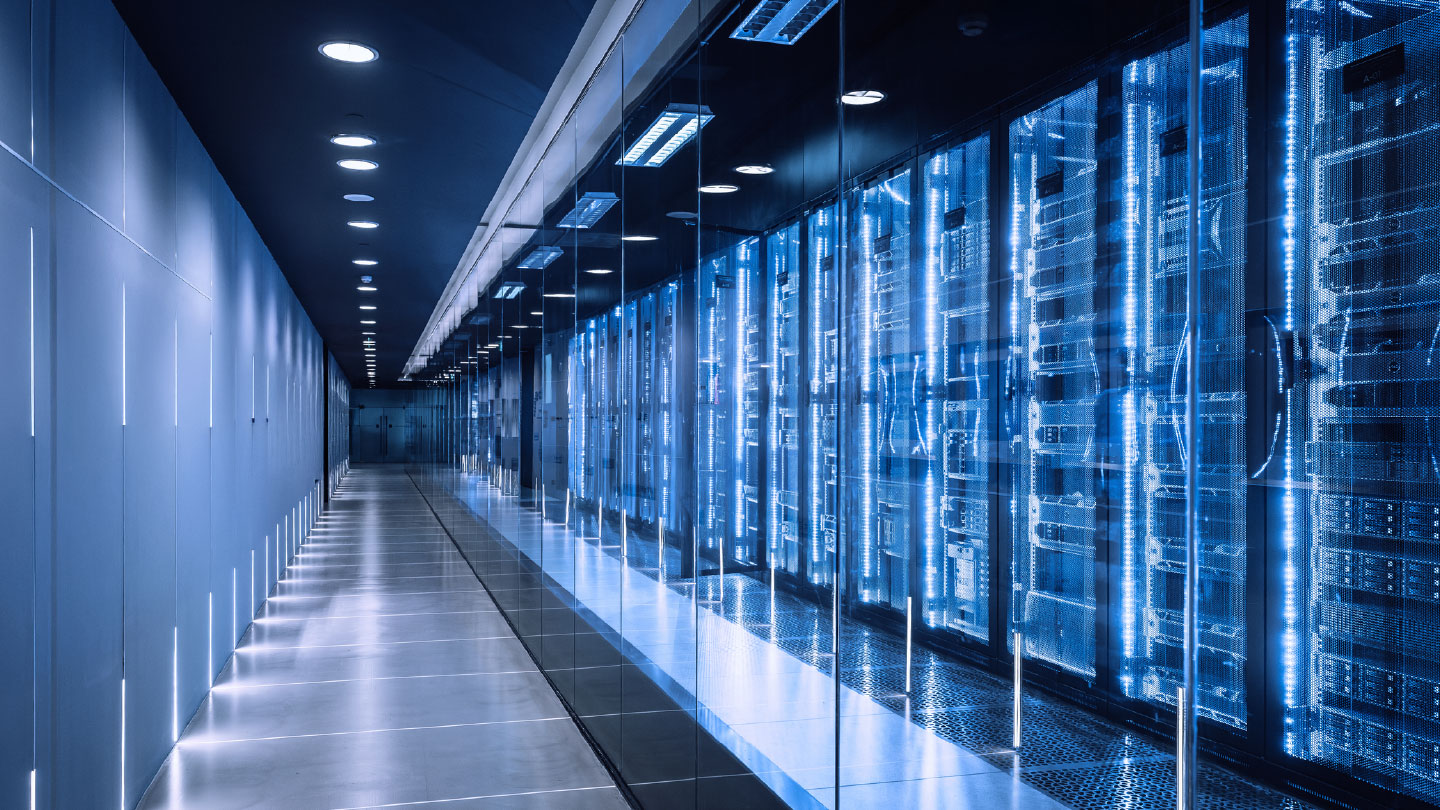How BMS And Digital Twins Are Transforming Data Centre Capacity Planning In The UK
UK data centres are expanding rapidly, fuelled by surging AI and cloud demand. Yet this boom faces infrastructure bottlenecks, from grid constraints to cooling limits. The integration of building management systems (BMS) with digital twins is emerging as a powerful solution, enabling smarter capacity planning, energy optimization and resilience in the face of rapid growth.
The UK’s capacity crunch
The UK is experiencing unprecedented data centre expansion, with nearly 100 new sites expected by 2030 to support AI workloads. Across Europe, capacity is rising fast, with 937MW of new demand projected for 2025 – a 43% year-on-year increase, CBRE reports. But growth is colliding with hard limits: in London alone, around 400GW of grid connection requests are waiting in the queue, far outstripping supply. With cooling resources also under pressure, operators need new ways to plan and optimize capacity within constrained infrastructure.
From BMS to digital twin: a new approach to capacity planning
Data centres rely on a range of management platforms, such as BMS for building and cooling, electrical power monitoring systems (EPMS) for power and dedicated systems for security. Each is critical, but because they operate in silos, the overall picture can be fragmented. A digital twin brings these streams together into a live virtual replica of the facility, continuously updated with real-time data from BMS, Internet of Things (IoT) sensors and other systems.
This integration provides a 360-degree view of performance and enables ‘what-if’ modelling. Operators can simulate scenarios – from adding new racks to responding to a cooling outage – before changes affect the live environment. The result is a more proactive, data-driven approach to capacity management.
Forecasting and optimization
The most immediate benefit of this integration is better forecasting. By simulating future demand scenarios, operators can anticipate when they’ll hit power or cooling limits and plan accordingly. As the twin is always fed by live data, it also acts as a real-time model, flagging bottlenecks and allowing on-the-fly adjustments.
Energy optimization is another major win. Digital twins can run thermal simulations to map airflow, highlight hot spots and suggest layout or setpoint changes. They can model power usage effectiveness (PUE) under different conditions, helping operators cut waste before making costly physical adjustments. This supports both cost reduction and progress towards the UK’s Net Zero 2050 targets. These themes were echoed at DCD>Connect London this month, where industry discussions highlighted the growing importance of smarter, data-driven approaches to capacity planning.
Navigating constraints
As power and cooling headroom tightens, digital twins offer a way to navigate external constraints. Facilities can model the impact of limited grid supply or stress-test cooling systems under extreme conditions, developing contingency plans before problems arise. For operators in grid-constrained areas, this means maximizing existing capacity while coordinating with utilities or exploring on-site generation.
Industry momentum in the UK
The UK government recognizes this potential. The new Digital Twin Centre in Belfast – backed by Innovate UK – aims to accelerate adoption across critical industries. Meanwhile, vendors such as Schneider Electric and Sunbird are embedding twin functionality into data centre infrastructure management (DCIM) platforms, giving operators tools to model, forecast and optimize in real time.
With London’s capacity continuing to grow at a double-digit rate despite grid bottlenecks, smarter planning is no longer optional – it’s essential.
Smart capacity planning for a booming future
For UK data centre owners and operators, the integration of BMS and digital twins is becoming a cornerstone of modern capacity planning. Combining real-time monitoring with predictive modelling, these tools enable leaders to scale responsibly, optimize energy use and plan around hard infrastructure limits.
While much of the recent discussion has centred on the UK – including at DCD>Connect London – the lessons apply globally wherever data centres face similar grid and cooling constraints. In a sector where growth is accelerating but resources are finite, digital twins provide the foresight and flexibility needed to futureproof facilities. The message is clear: the future of capacity planning is digital, dynamic and deeply integrated.
About The Author

Sophia Shakur
Industry Analyst




